We may earn money or products from the companies mentioned in this post. This means if you click on the link and purchase the item, I will receive a small commission at no extra cost to you ... you're just helping re-supply our family's travel fund.

Roadside attractions once symbolized the spontaneous joy of American road trips, giving families quirky breaks from long miles and predictable rest stops. Yet many of these places now carry baggage of their own as cultural standards evolve, raising questions about historical accuracy, ethics, and safety. With debates increasing by nearly 35% in online travel forums over the past decade, these destinations feel less carefree and more complicated than they once did.
1. Cadillac Ranch, Texas
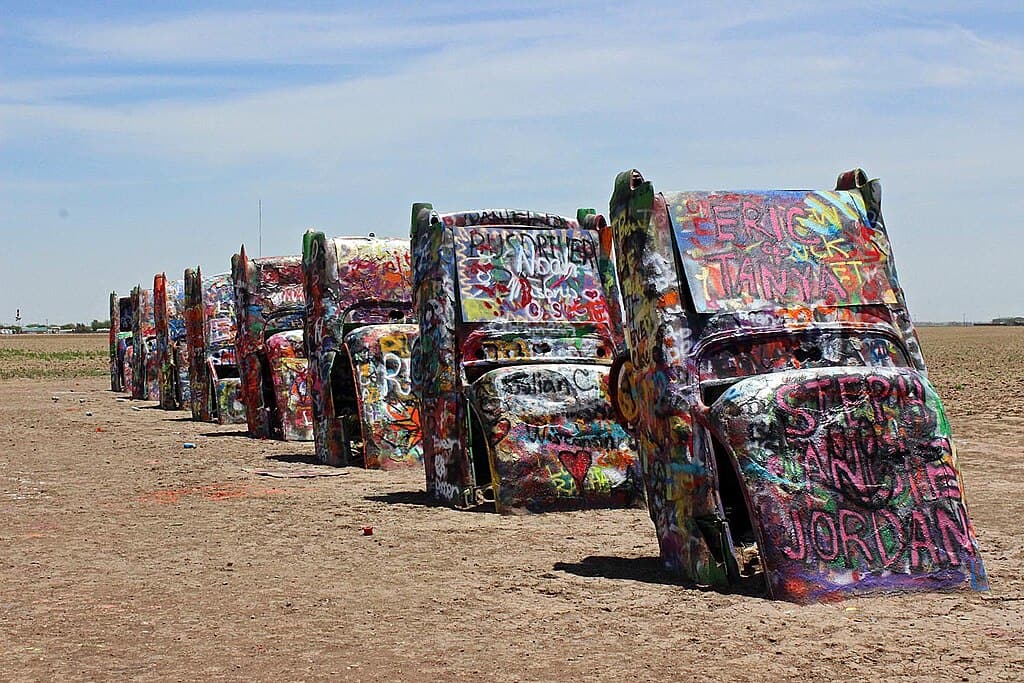
Cadillac Ranch still attracts over 200,000 visitors yearly, but complaints about vandalism, offensive graffiti, and constant litter have risen by nearly 40% in the last five years. What began as an artistic statement now feels chaotic, as political slogans and explicit drawings frequently appear on the cars. Families often say the site feels unpredictable, with maintenance crews removing roughly 500 pounds of debris monthly, making the experience far less carefree than intended.
2. Wall Drug, South Dakota

Wall Drug’s iconic billboards, over 300 of them across several states which once drew travelers with charm, but overcrowding and dated themes now spark mixed reactions. With annual visitors surpassing 2 million, many families feel overwhelmed by the noise and commercialization. Concerns about culturally insensitive imagery have also increased by 25% in recent reviews. What used to feel like a cheerful pit stop now feels more like a forced detour wrapped in relentless advertising.
3. Paul Bunyan Statues, Various States
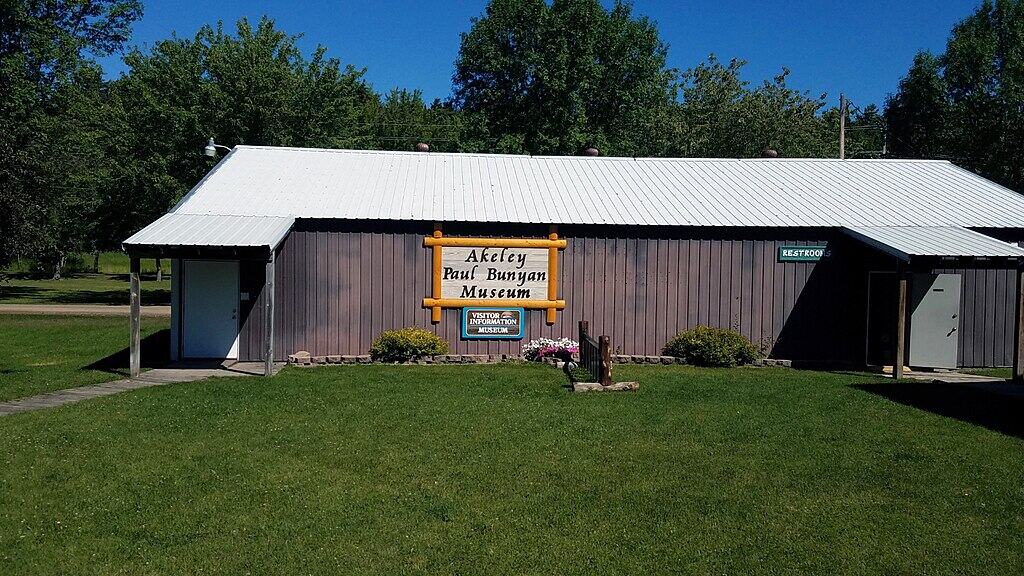
More than 20 Paul Bunyan statues dot the U.S., but debates around exaggerated folklore, outdated portrayals, and historical inaccuracy have grown steadily. Attendance at some sites has dropped by 15% due to shifting views on mythic storytelling. Critics argue the statues oversimplify logging history, while supporters see them as harmless Americana. Families find the discourse exhausting, turning what was a lighthearted roadside photo op into a surprisingly loaded attraction.
4. Four Corners Monument, Southwest
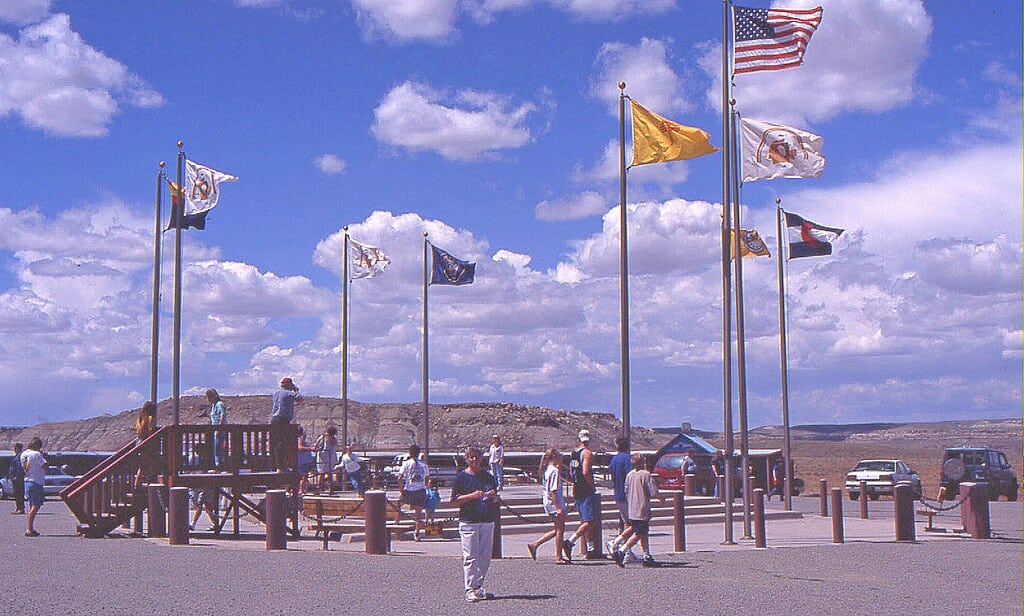
The Four Corners Monument draws roughly 250,000 visitors a year, yet disputes over land rights and commercialization make it increasingly controversial. Families often feel conflicted about paying entrance fees when the site overlaps with sacred tribal territories. Complaints about souvenir pricing have risen 30% since 2020, and many travelers find the tourist infrastructure mismatched with cultural significance. What once felt like a playful geographic stop now feels weighed down by complex tensions.
5. The Mystery Spot, California
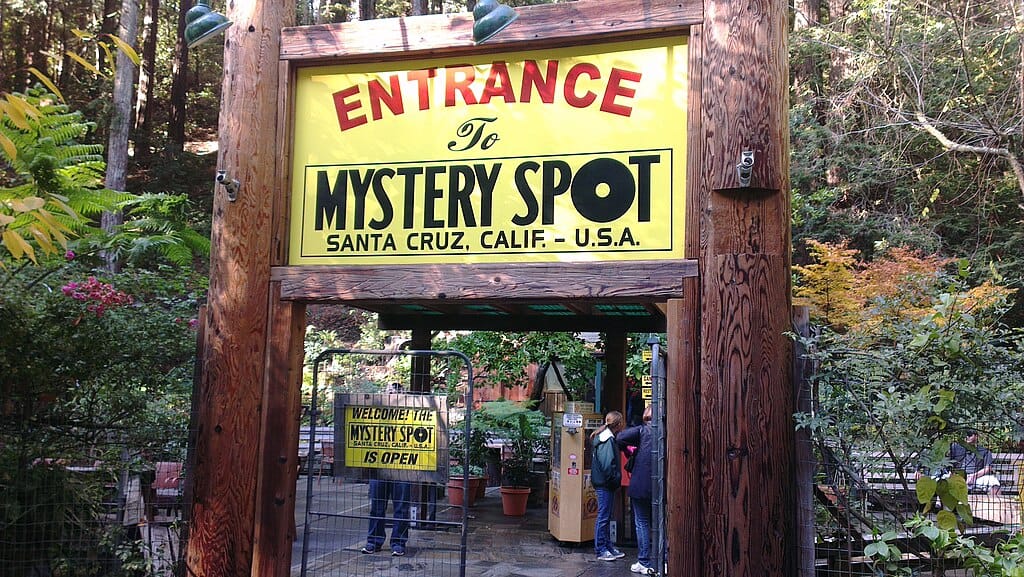
The Mystery Spot hosts nearly 150,000 visitors annually, but concerns about deceptive marketing and rising ticket prices have grown by over 20% in recent years. The gravity-defying illusions rely on optical tricks, which disappoint some families expecting real scientific anomalies. Review data shows a 17% increase in complaints about tour theatrics feeling forced. The blend of confusion and spectacle now feels more gimmicky than magical, making many travelers reconsider the stop.
6. Gatorland & Similar Parks, Florida
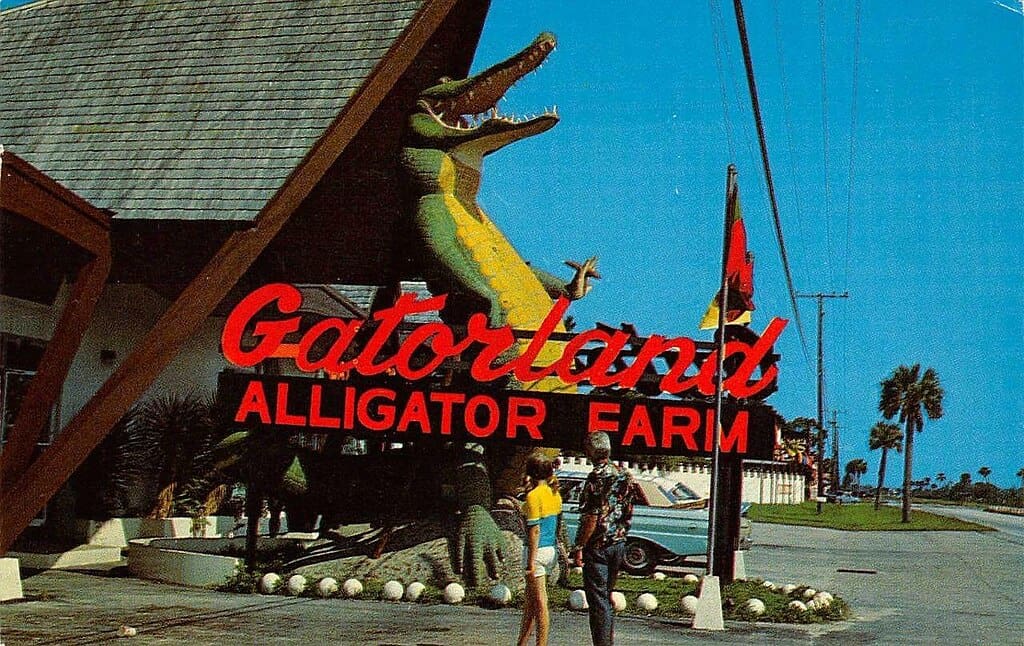
Gator attractions draw over half a million visitors yearly, yet scrutiny around animal welfare and performance practices has intensified by 45% since 2018. Families question whether reptile shows which are often held several times daily, prioritize animal safety or tourist thrill. Reports of heat stress incidents have increased during summer months, adding to discomfort. What once felt like an adventurous stop now raises ethical concerns families struggle to ignore during modern travels.
7. Coral Castle, Florida
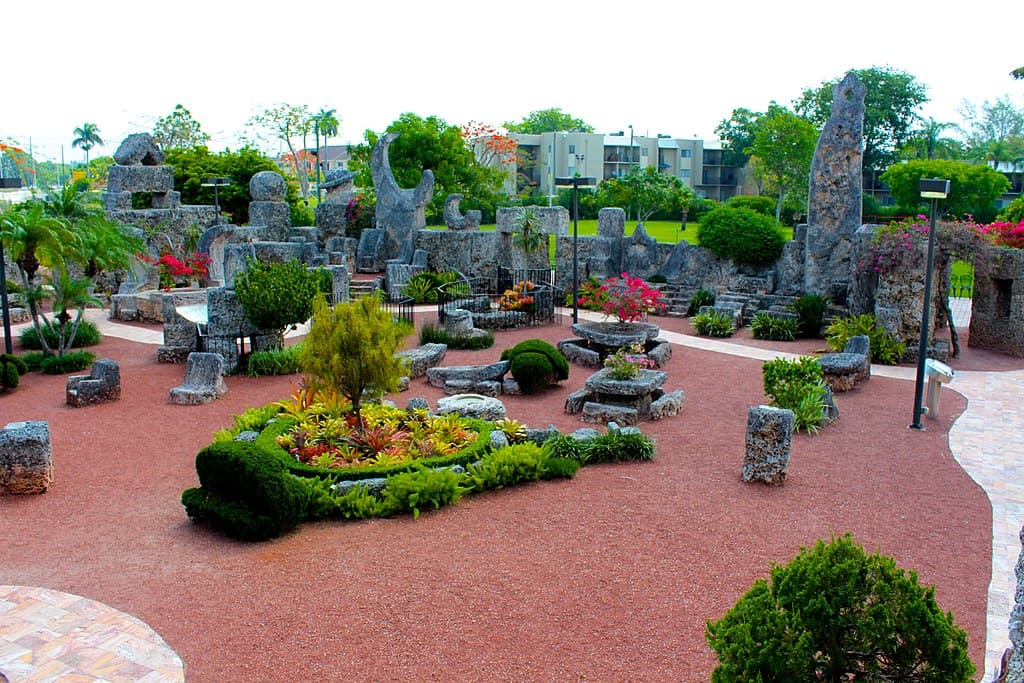
Coral Castle hosts nearly 100,000 guests annually, but visitors increasingly criticize its reliance on exaggerated myths rather than verified history. Claims that its creator moved 1,100 tons of stone alone feel embellished, creating a 30% spike in reviews citing misinformation. Families report confusion between factual storytelling and sensationalized theories. This mix of mystery and marketing now feels frustrating for travelers seeking clarity rather than folklore presented as evidence.
8. Precious Moments Chapel, Missouri
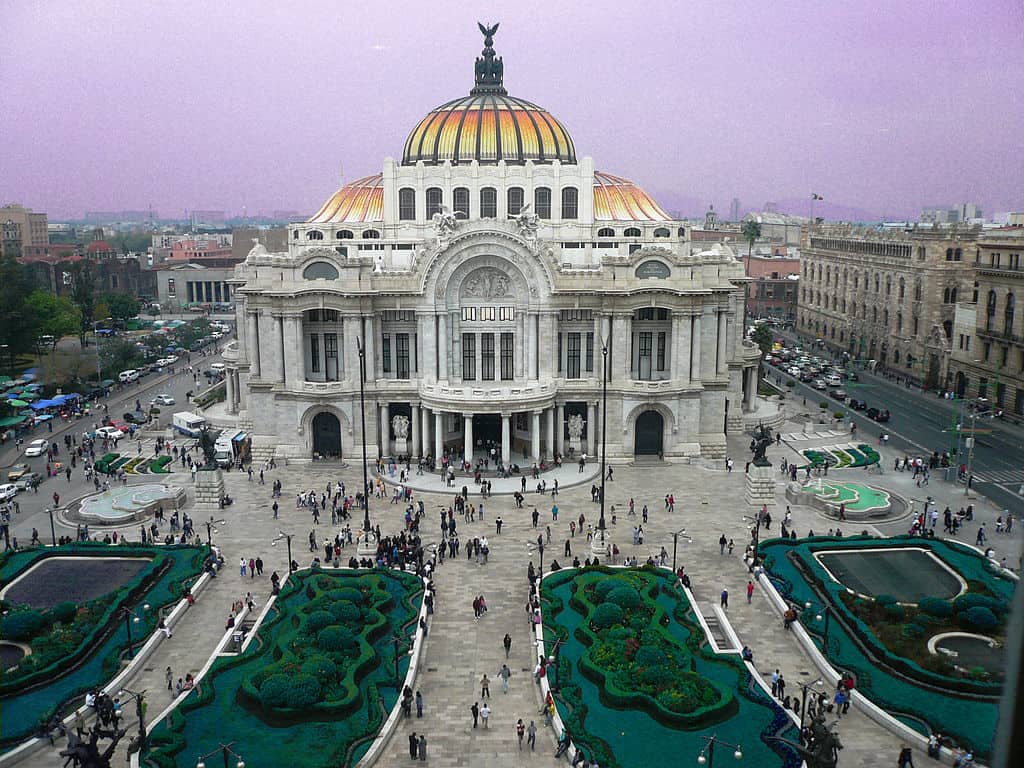
Drawing around 400,000 visitors a year, the Precious Moments Chapel blends spiritual messaging with heavy commercial influence, creating debate among families with diverse beliefs. Surveys show that nearly 28% of guests feel uncomfortable with the emotional storytelling featured in murals and tours. Gift-shop expansion has increased by 15% since 2019, adding to concerns about mixing devotion with retail. What once felt gentle now feels polarizing for modern road-tripping families.
9. House on the Rock, Wisconsin
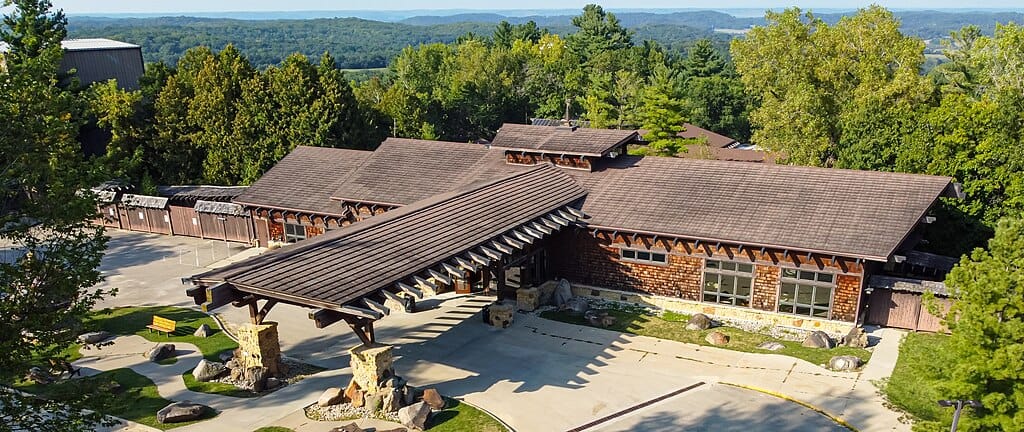
House on the Rock’s sprawling 65,000-square-foot attraction receives roughly 300,000 annual visitors, but its eerie displays and dim corridors spark growing unease. Complaints about overwhelming sensory elements have risen nearly 33%, with parents noting younger kids often feel distressed. The eclectic rooms, some holding over 1,000 items each, blur the line between curiosity and discomfort. Families seeking lighthearted wonder often find the atmosphere unexpectedly unsettling.
10. Crochet Museum, California
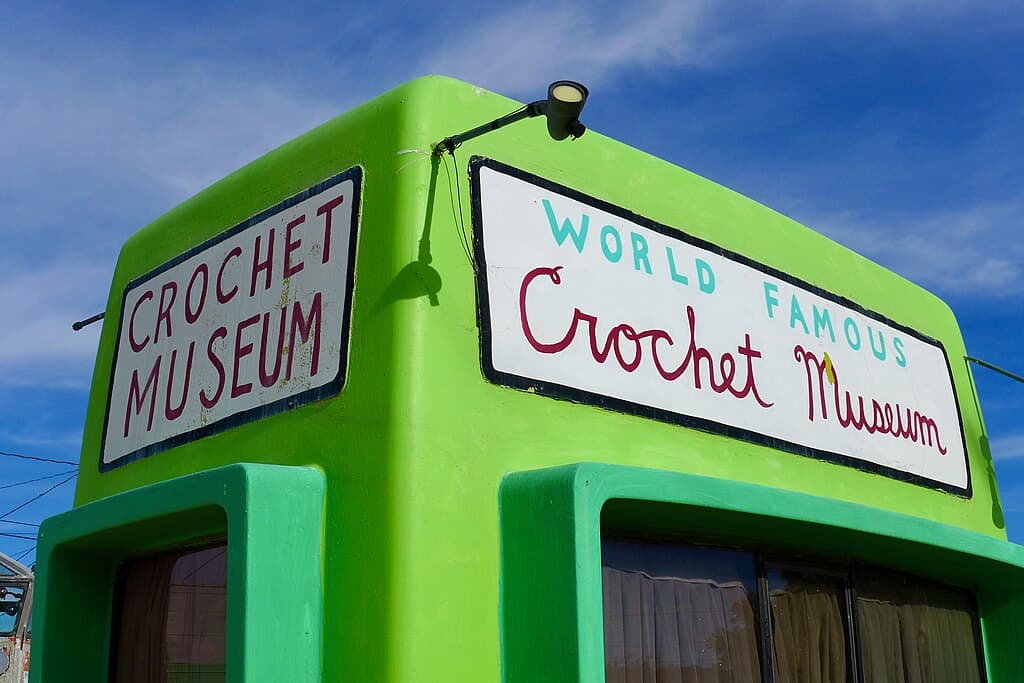
Though tiny and only about 150 square feet, the Crochet Museum attracts thousands yearly, yet environmental concerns have increased by 20%. Located in a fragile desert area receiving over 3 million annual visitors, families worry their visit contributes to ecological strain. Critics argue the attraction lacks sufficient artistic context, leading to debate about its cultural value. The clash between quirky creativity and environmental responsibility makes the stop less carefree than expected.
11. Fremont Troll, Washington

The Fremont Troll, visited by nearly 600,000 people each year, has become entangled in safety and crowd-management concerns. Incidents of vandalism increased by 18% in recent years, while complaints about disruptive gatherings surged 25%. Parents often feel uneasy navigating the busy underpass where the sculpture sits. Local residents’ frustrations add tension, making what was once a whimsical sculpture feel like a contested neighborhood landmark rather than a family-friendly photo spot.
12. Unclaimed Baggage Center, Alabama
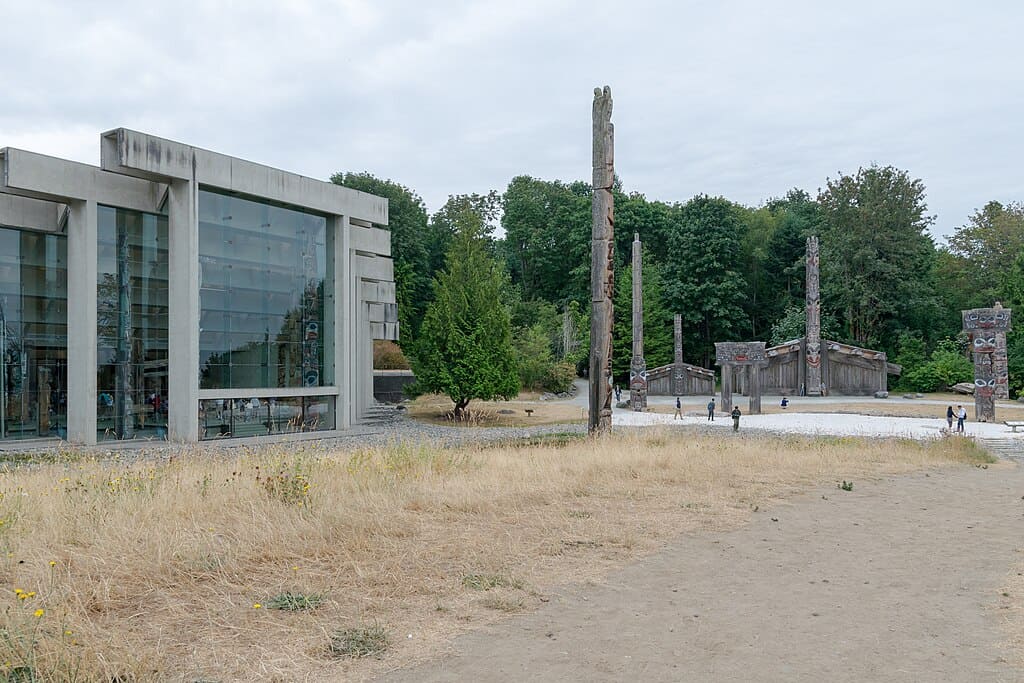
Receiving more than 1 million visitors annually, the Unclaimed Baggage Center faces rising ethical concerns about privacy and resale practices. Surveys show that 32% of families feel uncomfortable browsing items once owned by travelers who never consented. Questions about the fairness of the 90-day unclaimed luggage rule have sparked increasing debate. What used to feel like a treasure-hunt experience now feels closer to exploring lost personal histories, leaving many families conflicted.